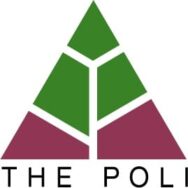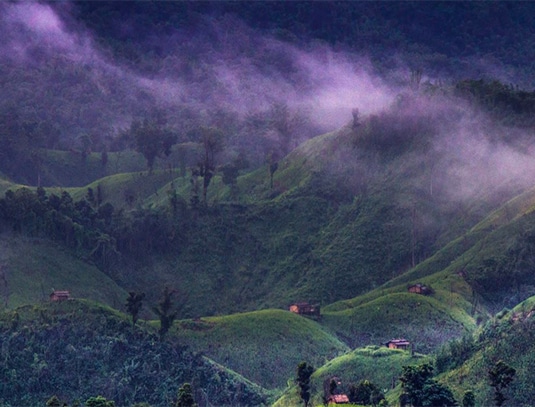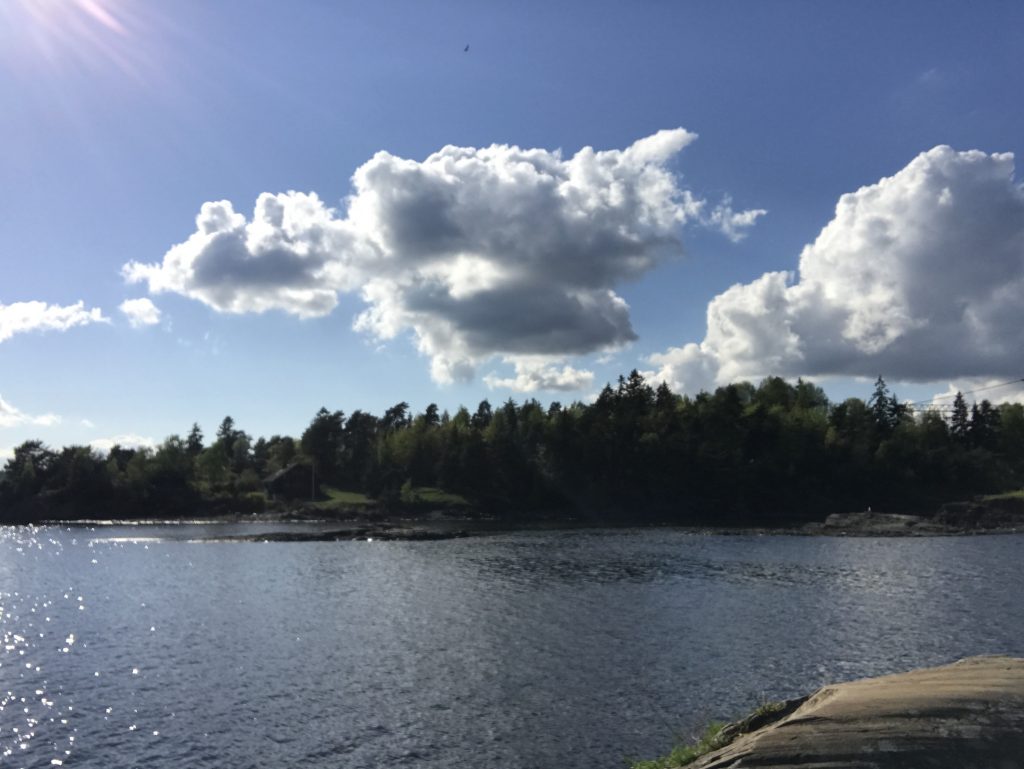GEN Seed Project e-book: The Poli
Seeding Stories For Change-The Poli Global Environments Network (GEN) is a community of inspiring changemakers who are actively seeking solutions to environmental and social problems and catalyzing long-term systemic change. Ideas borne from generative discussions at GEN events have grown into flourishing projects and collaborations. The GEN events are organized by Global Diversity Foundation (GDF), […]
GEN Seed Project e-book: The Poli Read More »








